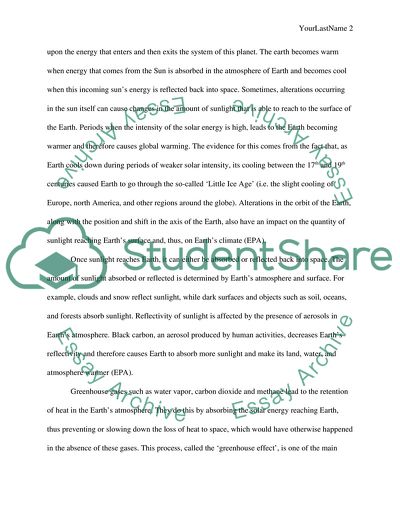Cite this document
(The Issue of Global Warming Research Paper Example | Topics and Well Written Essays - 2500 words, n.d.)
The Issue of Global Warming Research Paper Example | Topics and Well Written Essays - 2500 words. Retrieved from https://studentshare.org/environmental-studies/1798805-global-warming
The Issue of Global Warming Research Paper Example | Topics and Well Written Essays - 2500 words. Retrieved from https://studentshare.org/environmental-studies/1798805-global-warming
(The Issue of Global Warming Research Paper Example | Topics and Well Written Essays - 2500 Words)
The Issue of Global Warming Research Paper Example | Topics and Well Written Essays - 2500 Words. https://studentshare.org/environmental-studies/1798805-global-warming.
The Issue of Global Warming Research Paper Example | Topics and Well Written Essays - 2500 Words. https://studentshare.org/environmental-studies/1798805-global-warming.
“The Issue of Global Warming Research Paper Example | Topics and Well Written Essays - 2500 Words”, n.d. https://studentshare.org/environmental-studies/1798805-global-warming.


